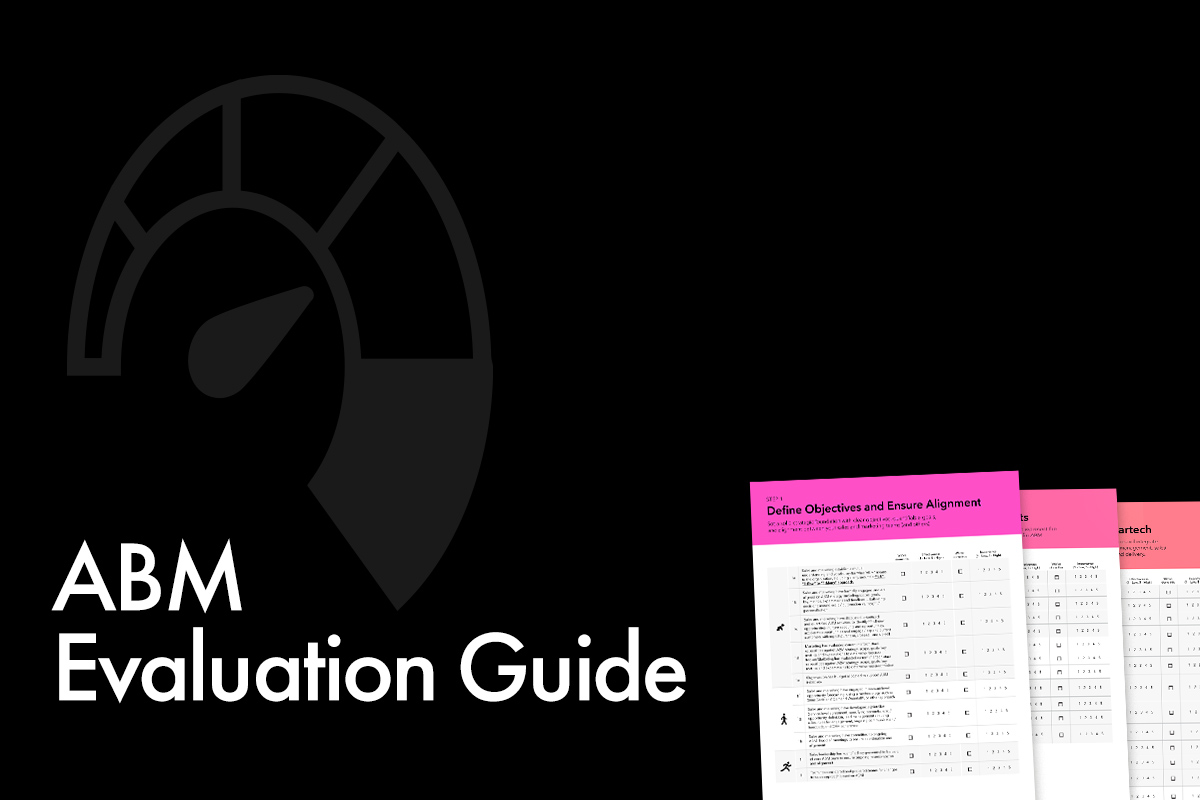Is it the End of the MQL? Why B2B Marketing Must Become Financially Fluent

Share this story
The 2026 B2B Marketing Impact Report highlights that marketing’s new measure of success is how it's contributing to revenue. But, is marketing able to prove it?
The year is 2025, and the era of the “MQL” (Marketing Qualified Lead) is coming to an end.
The 2026 B2B Marketing Impact Report highlights that marketing’s measure of success is changing: the C-suite is done with vanity metrics. Marketing is now under the “Impact Imperative,” expected to speak the language of revenue, growth and business value, or risk losing its seat at the strategic table.
The report, produced by B2B Marketing and sponsored by MX, shares data and insights from marketing leaders at global enterprise organizations that reveal a stark reality: Almost half of B2B marketers admit they are struggling to show consistent commercial impact.
The New Currency: Deal Velocity and ROI
The report outlines that marketing leaders must shift focus to become financially fluent. This means moving beyond tracking activity metrics like lead counts to measuring payback models, revenue forecasting and ROI with the same rigor as the CFO. The new standard can’t be about pipeline creation or engagement metrics alone. Instead, business performance metrics like deal size, pipeline velocity, LCV and retention rates need to show how marketing accelerates conversion and contributes to customer retention and expansion.
To accommodate this shift, leading companies are dismantling silos, connecting marketing directly with sales, product and finance around shared customer journeys to ensure every activity ties back to commercial outcomes.
Drive Business Growth with the B2B Marketing Impact Report
Investing for Impact, Not Awareness
Marketing is moving away from underperforming, broad channels like large trade shows and toward ‘precision investments.’ The new favorites? High-value executive interactions, owned customer events and hyper-personalized Account-Based Marketing (ABM) campaigns.
The report’s case study on Zekelman Industries, North America’s largest independent steel pipe and tube manufacturer, demonstrated business impact that extended well beyond lead volume. Zekelman’s marketing team went beyond just advertising a new product; they launched a free digital platform that solved a major pain point for their customers around the design of complex steel connections. This move turned marketing from a promotional channel into an enabler of customer success, driving 2,550 unique designs and fueling thousands of new projects. It proved that marketing doesn’t just support growth — it can engineer it.
Our role has always been a growth engine: pipeline generation, healthy funnel conversion and ultimately supporting revenue growth. We track ROI against spend and review progress against target regularly with our executive team, strengthening confidence and driving smarter decision making. Those are all things we’ve been measured on – and will continue to be, as strategic partners within our business.
The bottom line is clear: start proving marketing as a revenue multiplier. Business accountability isn’t optional; it’s the new standard for success.



